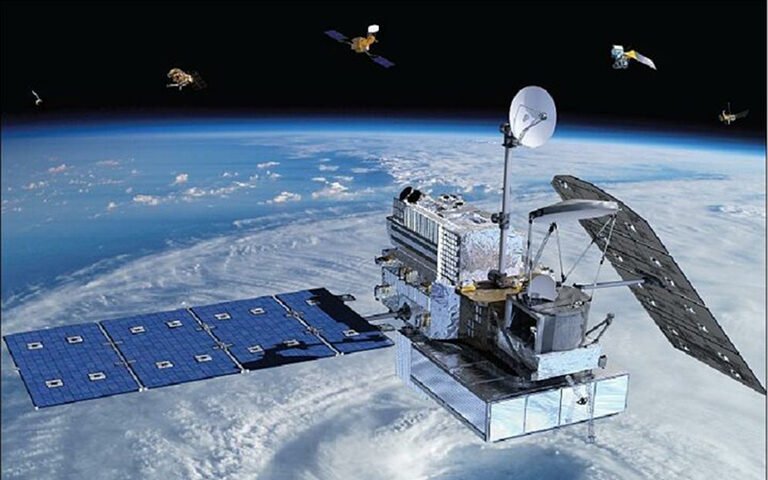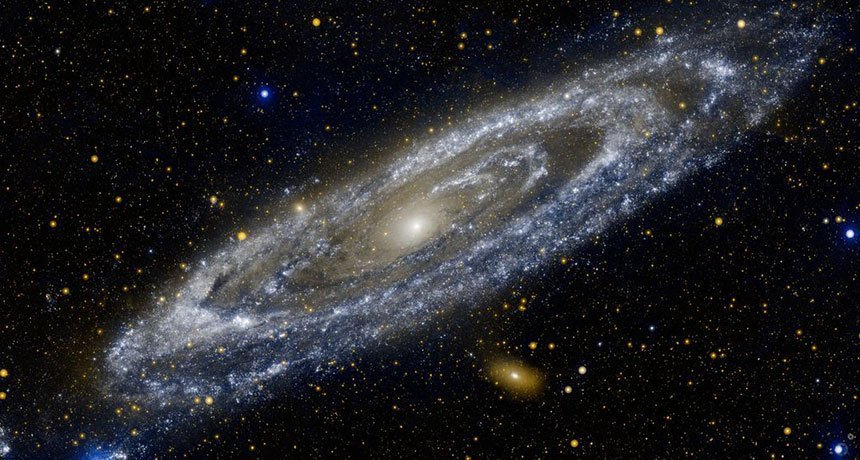NASA announced that it has selected a new space telescope to study the recent history of stellar births and deaths in the Milky Way and how chemical elements in the galaxy are formed. This telescope became GammaRay, called Compton Spectrometer and Imager (COSI). It is expected to launch in 2025 as NASA’s last small astrophysics mission.
The Astrophysical Explorers Program received 18 different bids for telescopes in 2019. Four of them were selected for task concept studies. NASA has scrutinized every proposed telescope with great care. After reviewing these studies by a panel of scientists and engineers, they decided that COSI was the most suitable telescope.
What is the mission of the COSI spacecraft?
NASA’s Explorers Program is known as the agency’s oldest continuous program. It provides continuous and low-cost access to space using principal investigator-led space exploration related to astrophysics and heliophysics programs. Since the launch of Explorer 1, which explores Earth’s radiation belts, in 1958, the program has launched more than 90 missions.

NASA announced on October 18 that it will continue development of the COSI spacecraft as the next small Explorer, or SMEX, astrophysics mission. COSI is designed to detect soft gamma rays with a density between 0.2 and 5 million electron volts. It will also investigate nucleosynthesis or the formation of heavier elements in supernova explosions.
COSI will study gamma rays from radioactive atoms produced when massive stars explode to map where chemical elements form in the Milky Way. The mission will also investigate the unknown origin of our galaxy’s positrons, also known as antielectrons. Antielectrons are known as subatomic particles that have the same mass as an electron but have a positive charge.

COSI’s principal investigator has been identified as John Tomsick of the University of California, Berkeley. The researcher explained that as this spacecraft finds the origin of elements in the Milky Way, it will answer questions about the components critical to the formation of the Earth.
The mission is expected to cost approximately $145 million, excluding launch costs. NASA said it would choose the launch provider later. The Imaging X-ray Polarimetry Explorer (IXPE) satellite will be launched on December 9 from Florida via a SpaceX Falcon 9.
Do you think NASA’s spacecraft COSI will answer questions about the formation of the Earth? You can share your thoughts with us in the comments.